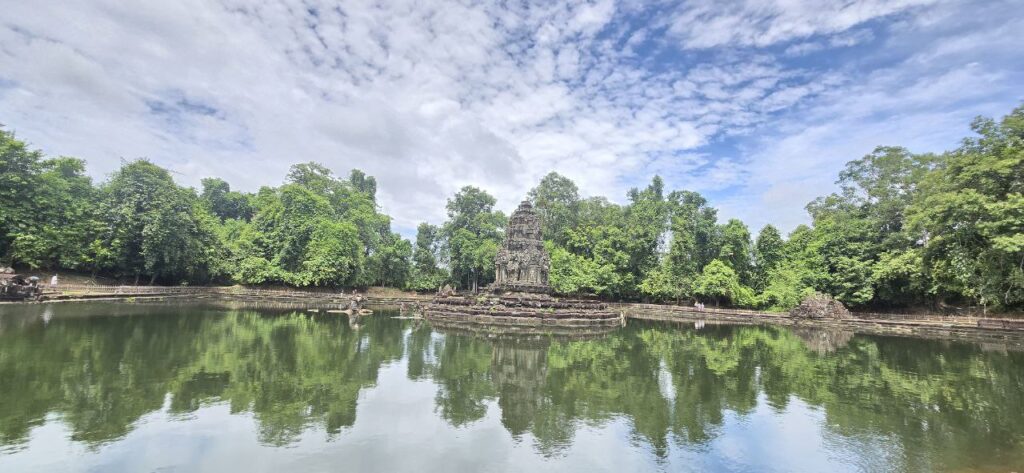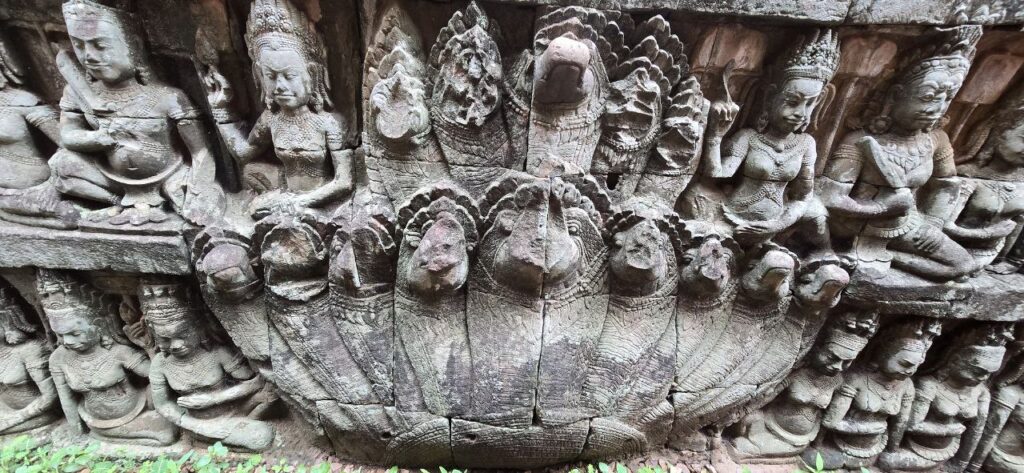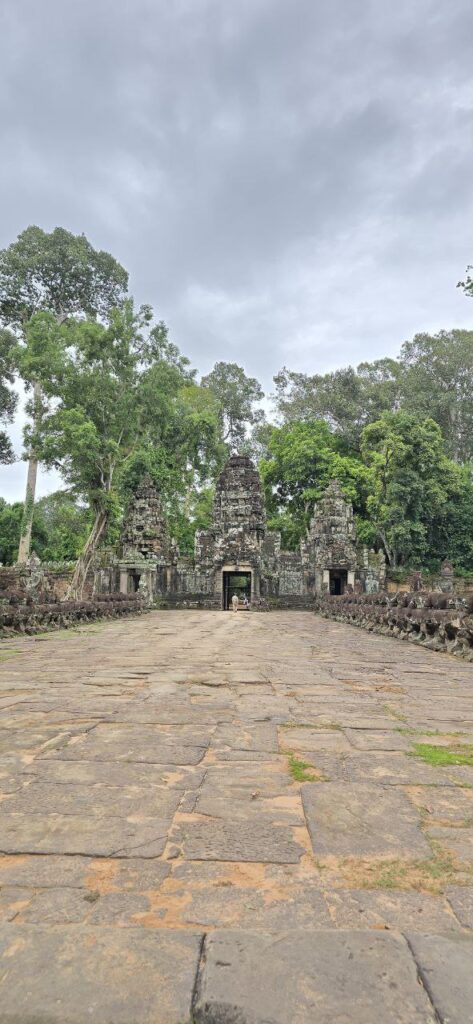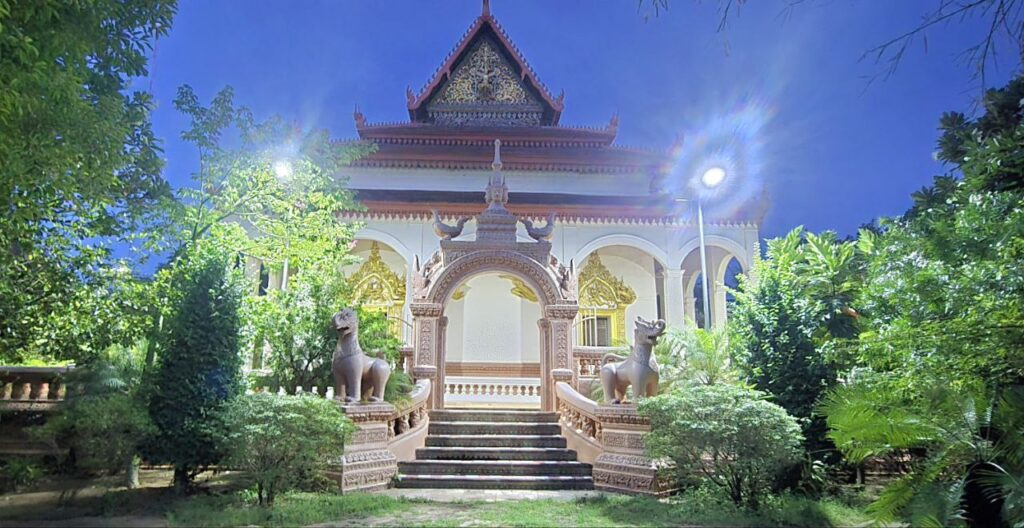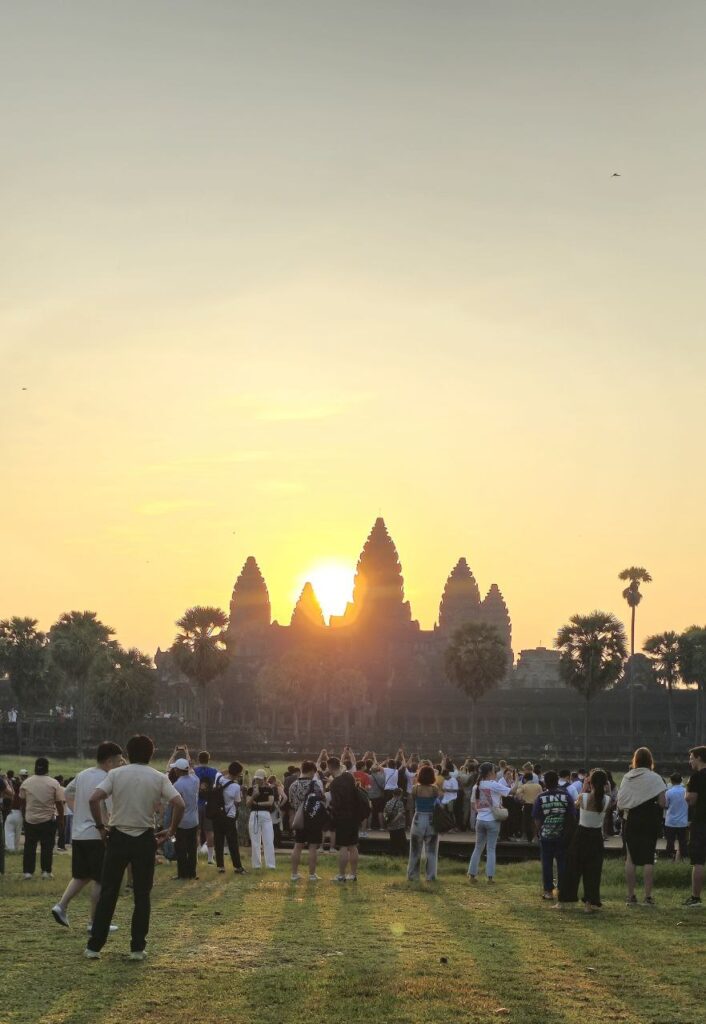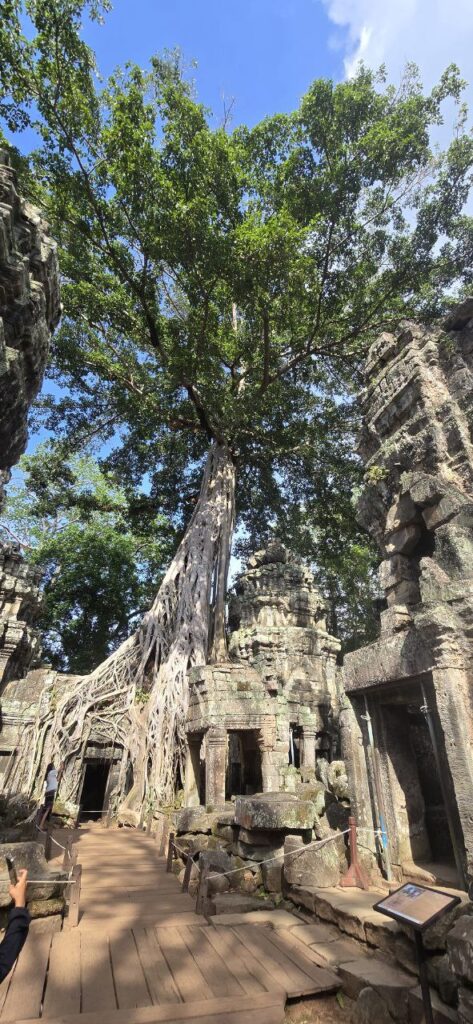

Nestled in the archaeological site of Roluos, just a short drive from the main Angkor park, stands Preah Ko, or the “Sacred Bull.” While it may not boast the scale of Angkor Wat or the jungle embrace of Ta Prohm, Preah Ko holds a title of immense importance: it was the very first temple to be built in the ancient city of Hariharalaya, marking the dawn of the classical Angkor period.
Visiting Preah Ko is like stepping back to the genesis of an empire. It is a site of profound historical significance, where the distinct Khmer architectural style that would define a civilization for centuries was first set in stone.
A Temple Born of Reverence: The Historical Context
Preah Ko was consecrated in 879 CE by King Indravarman I. This was a pivotal moment. The king had just established himself as the ruler of the Khmer empire and needed to demonstrate his power, piety, and legitimacy. Building a grand state temple was the ultimate way to achieve this.
The temple was dedicated to the king’s deified ancestors, a practice that strengthened his divine connection to the throne. Specifically, it honored:
The Deified King Jayavarman II: The founder of the Khmer Empire and the first Devaraja (god-king).
The Deified King Rudravarman: Indravarman’s grandfather.
The Deified King Prithivindreshvara: Indravarman’s father.
Their respective wives, who are represented by the three smaller towers in the front row.
By honoring his lineage, Indravarman I solidified his own status as a rightful and powerful ruler chosen by the gods.
Architectural Pioneer: The Blueprint for Angkor
Preah Ko is a masterpiece of early Khmer art and architecture. It introduced and refined elements that would become standard for centuries to come:
The Tower Design (Prasat): The six brick towers, arranged in two rows, are the temple’s heart. Their intricate brickwork and carved sandstone lintels are among the finest examples from this period. The gradual, step-like design of the towers is a precursor to the magnificent prangs of later temples.
The Layout: Preah Ko established the classic Khmer temple layout: an outer enclosure wall, a central sanctuary of towers, and libraries (mandapas) within the courtyard. This design would be elaborated on in spectacular fashion at temples like Angkor Wat and Bayon.
The Symbolism of Preah Ko
Beyond its physical structure, Preah Ko is a deeply symbolic site. It represents:
The Shift to God-Kings: It physically embodies the Devaraja (god-king) cult, linking the earthly ruler to the divine Shiva.
Ancestral Veneration: It highlights the Khmer belief in the power and protection of deified ancestors.
Architectural宣言 (Declaration): The temple was a declaration to the world that a new, powerful, and sophisticated architectural tradition had arrived in Southeast Asia.
Visiting Preah Ko Today
A visit to Preah Ko offers a quiet, reflective experience compared to the busier main temples.
What to See: Take your time to admire the detailed brickwork, the hauntingly beautiful carvings on the lintels and colonettes, and the stoic Nandi bulls. Notice how the taller central towers in the back row represent the male ancestors, while the slightly shorter front towers represent the females.
The Roluos Group: Preah Ko is best visited as part of the Roluos Group, which also includes the breathtaking temple-mountain of Bakong and the intricate brick temple of Lolei. Together, they tell the complete story of Hariharalaya, the first capital of the Angkorian empire.

